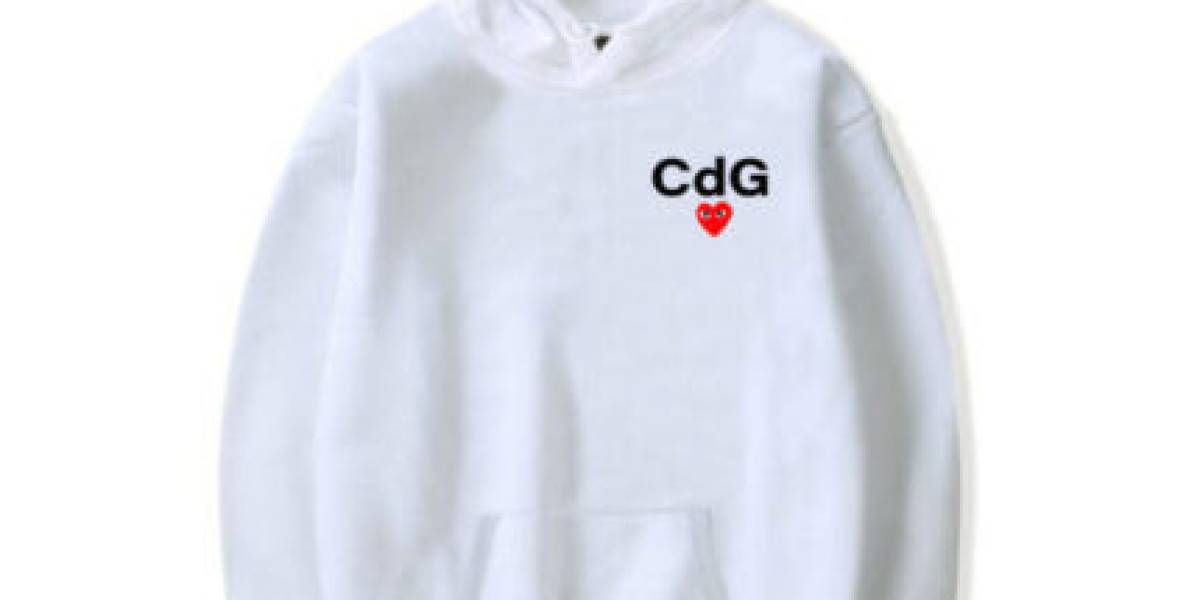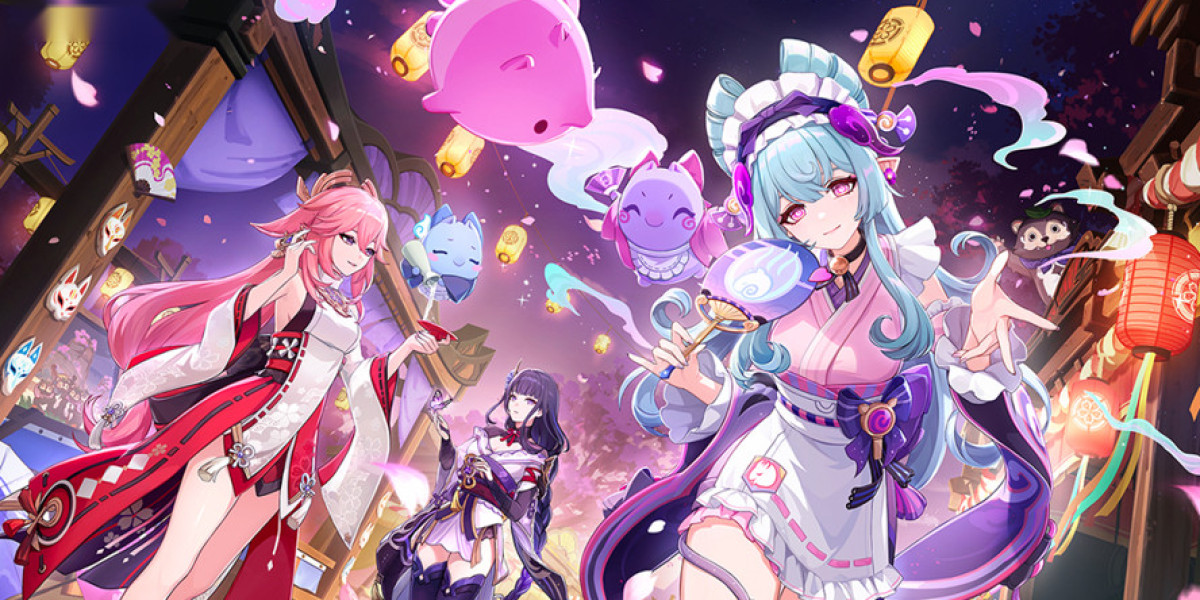The Birth of a Revolution in Fashion
In the often restrained and polished world of high fashion, where beauty has traditionally adhered to symmetry, elegance, and conventional refinement, Rei Kawakubo’s Comme des Garçons emerged as a powerful disrupter. Founded in Tokyo in 1969 and introduced to the international fashion scene in the early 1980s, the brand took the fashion world by storm with its radical Commes Des Garcon philosophy. Rather than enhancing the wearer’s body in the traditional sense, Comme des Garçons challenged the very idea of what clothing could and should be. In doing so, it did not merely exist within the avant-garde sphere; it redefined it.
Rei Kawakubo: The Visionary Behind the Brand
The name Comme des Garçons, French for "like boys," reflects Kawakubo’s interest in gender ambiguity and her resistance to societal norms, especially in terms of femininity. Rei Kawakubo, who had no formal training in fashion, approached design through an artistic and philosophical lens. Her intention was never to flatter the body or create pieces that aligned with commercial expectations. Instead, she aimed to provoke, challenge, and question the status quo. Her approach was cerebral, often more about conceptual explorations than wearable fashion. This spirit of innovation was particularly evident in the 1981 Paris debut of Comme des Garçons, where models walked the runway in black, deconstructed garments that were called "Hiroshima chic" by some critics.
The reception was divisive—many in the fashion world were disturbed by the raw, unfinished, and often asymmetrical garments that defied every accepted aesthetic rule. But others recognized Kawakubo’s genius. What looked like chaos was a deliberate dismantling of fashion’s long-held ideals.
Deconstruction as a Design Philosophy
What set Comme des Garçons apart from its contemporaries was its embrace of deconstruction, long before the term became a fashion buzzword. Garments were often asymmetrical, frayed, and seemingly incomplete. Seams were exposed, sleeves were mismatched, and silhouettes ignored conventional tailoring. These design choices were not the result of oversight but rather a direct challenge to Western beauty standards. Kawakubo’s vision was rooted in creating something new—not simply updating the past, but rejecting it entirely.
By treating fashion as an abstract art form, she explored themes such as imperfection, the grotesque, and the invisible. Her work questioned the role of fashion in society and the values it reinforces. In many ways, her designs served as wearable critiques of capitalism, consumerism, and even the role of the fashion industry itself.
Minimalism Redefined
Though often placed within the avant-garde framework, Comme des Garçons also played a pivotal role in redefining minimalism. Minimalism in fashion, prior to Comme des Garçons, typically emphasized clean lines, neutral colors, and subtle elegance. But Kawakubo’s minimalism was more philosophical. It stripped fashion of its traditional function as adornment and reduced it to a form of existential expression.
Instead of polished silhouettes and understated luxury, Comme des Garçons offered stark, somber palettes and exaggerated shapes that hid the body rather than celebrated it. This was not minimalism for the sake of beauty or elegance, but minimalism as a confrontation—a radical refusal to conform. Her use of monochrome, particularly black, wasn’t about chic restraint; it was about mourning, ambiguity, and anti-aestheticism.
Gender Fluidity and the Politics of Dress
One of the most groundbreaking contributions of Comme des Garçons to fashion was its subversion of gender norms. Kawakubo refused to design "feminine" clothing in the traditional sense. Her early collections featured oversized garments, often modeled by androgynous figures, that concealed rather than revealed. In a culture obsessed with curves, contouring, and body-conscious dressing, Comme des Garçons garments presented a form of visual resistance.
Long before the term "gender fluid" became a cultural buzzword, Comme des Garçons blurred the lines between men’s and women’s fashion. The brand’s runway shows became performance art that explored identity, gender, and power structures, breaking down the binary concepts that had long ruled the industry.
Influence on Contemporary Fashion
Comme des Garçons' impact on fashion cannot be overstated. Its influence can be seen in the work of countless designers, from Martin Margiela and Yohji Yamamoto to contemporary labels like Vetements and Balenciaga under Demna. These designers carry forward Kawakubo’s legacy of experimentation and disruption. Her approach also helped usher in an era where concept-driven fashion is not only accepted but celebrated.
What distinguishes Comme des Garçons from many of its successors, however, is its unyielding commitment to artistic integrity. In an era where even the most experimental designers often seek mass appeal, Kawakubo remains defiantly inaccessible. Her work rarely conforms to trends, and her runway shows continue to defy narrative and logic. This refusal to be understood in conventional terms has made Comme des Garçons not just a brand, but a movement.
The Commercial Side: Dover Street Market
Interestingly, while Kawakubo’s designs remain fiercely experimental, she has also succeeded in creating a commercially viable business model through initiatives like Dover Street Market. This multi-brand concept store, which sells Comme des Garçons alongside other avant-garde and luxury labels, has become a cultural hub. It’s a physical manifestation of her world—a curated space where commerce meets creativity without compromising vision.
Dover Street Market redefines retail as not merely a transaction space but as an experiential journey. Each location, from London to Tokyo to New York, is an evolving installation. This venture demonstrates that commercial success and artistic purity are not mutually exclusive—if handled with care and intention.
Comme des Garçons Today
In today’s hyper-commercial fashion landscape, where virality and visibility often trump substance, Comme des Garçons remains one of the few fashion houses that continue to prioritize philosophy over profit. While the industry has seen many avant-garde labels rise and fall, Kawakubo’s vision has endured, precisely because it was never about chasing the zeitgeist. It was about creating a parallel world, governed by its own logic and values.
The brand continues to present some of the Comme Des Garcons Long Sleeve most intellectually rigorous collections in the industry. Whether it's grotesquely bulbous silhouettes or hauntingly beautiful theatrical presentations, Comme des Garçons never ceases to challenge viewers. Each season feels like a philosophical question posed in fabric and thread.
Conclusion: Fashion as Intellectual and Emotional Provocation
Comme des Garçons didn’t just redefine avant-garde fashion—it redefined what fashion could mean. In Rei Kawakubo’s world, clothing is not about beauty or status. It’s about ideas, emotions, and provocations. It asks questions rather than giving answers. It makes people uncomfortable—and in doing so, it forces them to think.
By merging art, philosophy, and fashion, Comme des Garçons carved out a space where creativity is unconstrained by commercial or aesthetic expectations. In a world that often celebrates surface over substance, Rei Kawakubo’s work stands as a monument to the power of vision, conviction, and intellectual courage. And for that, Comme des Garçons is not just a fashion brand—it is a cultural institution.







